biology
Latest
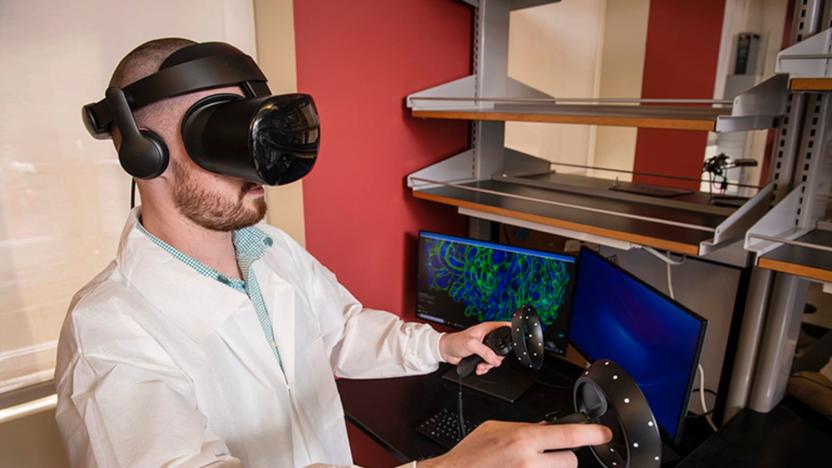
VR and microscopy help scientists see 'inside' diseases
You can only learn so much about cells by studying 2D pictures, and 3D microscope technology can produce an abundance of data that might be hard to decipher. Researchers at Carnegie Mellon University and Virginia Mason have an answer, though: let scientists walk 'inside' the cells. They've combined virtual reality with expansion microscopy (which grows samples by over 100 times) to explore cell data that would otherwise be too complex to handle. Once the cells have been imaged, labeled and compiled into data, a custom technique turns the 2D info into 3D environments.

Biohacker Josiah Zayner accused of being an unlicensed practitioner
Noted biohacker Josiah Zayner says he's under investigation for practicing medicine without a license. The former NASA scientist, known on social media for his DIY medical procedures, was sent a letter by the California Department of Consumer Affairs after it received a "complaint of unlicensed practice of medicine" against Zayner. As MIT Technology Review highlights, while anyone can file a complaint with California's medical board, the fact it is now investigating means it considers the accusations credible.
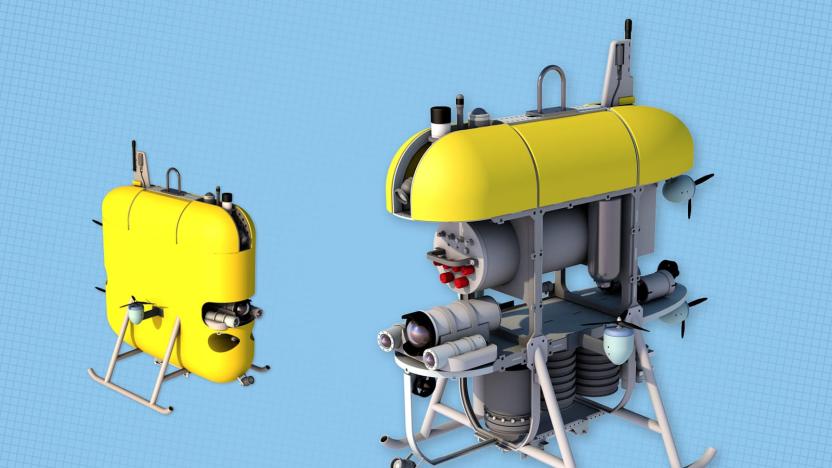
Sneaky deep sea robot will take pics of fish without spooking them
Robots typically aren't good choices for studying deep sea animals like jellyfish -- not when their light, noise and movement can scare away those creatures. Researchers at Woods Hole Oceanographic Institution may have a far less intrusive option, though. Their planned Mesobot observer is designed to move as quietly as possible while collecting data about aquatic life. The four-foot-tall robot moves using six large but low-power thrusters that won't cause a stir, and its LED lights can switch to red (which many deep sea species can't see). A two-day running time should also minimize attention-getting trips to the surface.

Stem cell breakthrough could help cure type 1 diabetes
Scientists have edged one step closer to a major treatment for (and possibly cure for) type 1 diabetes. A UCSF team has claimed it's the first to turn human stem cells into the mature, insulin-producing cells that type 1 patients don't have. The key was to acknowledge a reality in the development of islets, or clusters of healthy beta cells (which generate insulin) in the pancreas. They separated partly differentiated pancreatic stem cells into islets, jumpstarting their development and leading to responses to blood sugar that more closely represented mature cells. Even alpha and delta cells grew more effectively, UCSF said.
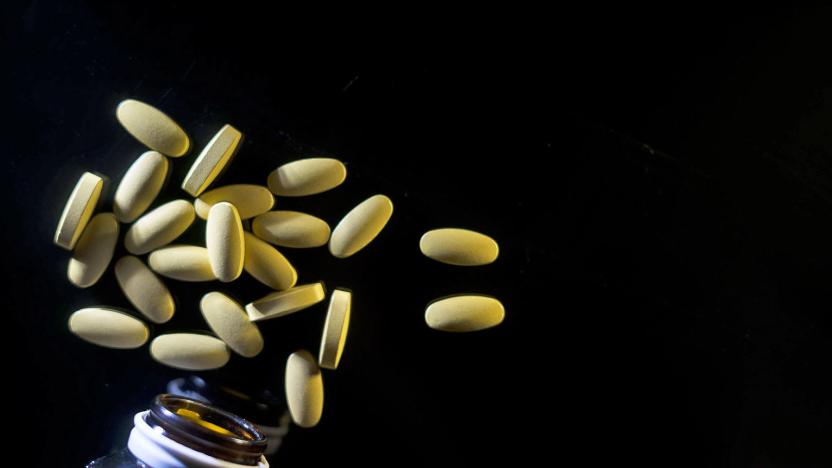
Don’t trust the internet on vitamin D
"Millions of Americans take vitamin D. Most should just stop," wrote Vox at the tail-end of last year. It was one of a number of headlines that attacked a supplement that plenty of people regularly take. But for all of the scorn, it's worth remembering that vitamin D is a necessity, and if you are deficient, you have a problem. So why is there so much negativity around it, and why is it so hard to get a straight answer?
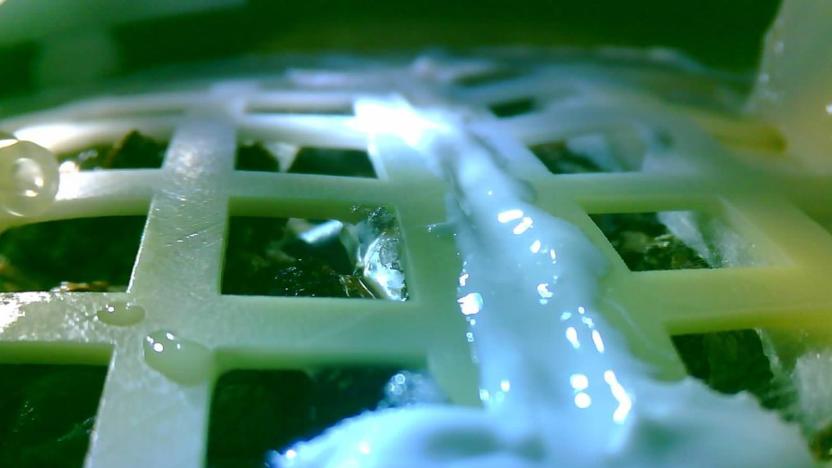
China grows the first plants on the Moon
The greenery you see in the soil above might not look like much, but it represents a big step in space exploration. Cotton seeds brought to the Moon aboard China's Chang'e-4 mission have sprouted, marking the first time plants have grown on the lunar surface. They're not in contact with the lunar surface, as you might imagine. The cotton, potato seeds, yeast and fruit fly eggs are instead tucked inside a sealed, self-sustained biosphere that provides the necessary climate and nourishment.

AI reveals hidden objects in the dark
You might not see most objects in near-total darkness, but AI can. MIT scientists have developed a technique that uses a deep neural network to spot objects in extremely low light. The team trained the network to look for transparent patterns in dark images by feeding it 10,000 purposefully dark, grainy and out-of-focus pictures as well as the patterns those pictures are supposed to represent. The strategy not only gave the neural network an idea of what to expect, but highlighted hidden transparent objects by producing ripples in what little light was present.

Artificial insemination used to breed lions for the first time
Artificial insemination isn't new, but the technique is still breaking new ground -- and it might just save one of the world's better known species. South Africa's University of Pretoria has successfully used artificial conception with lions for the first time, producing two cubs (Isabel and Victor, above) who've been healthy since their birth on August 25th. This wasn't a simple case of repeating familiar methods, either. The researchers relied on a new approach that could represent a breakthrough for species conservation.

Researchers can track cell development through 'genetic barcodes'
A newborn is composed of roughly 26 billion cells when he or she enters the world naked, screaming and rather gooey. Figuring out how those multitudes of cells came to be from a single zygote remains among the greatest challenges in developmental biology. But researchers from the Wyss Institute at Harvard University may have finally cracked the code -- through the novel use of CRISPR technology to generate a genetic barcode.
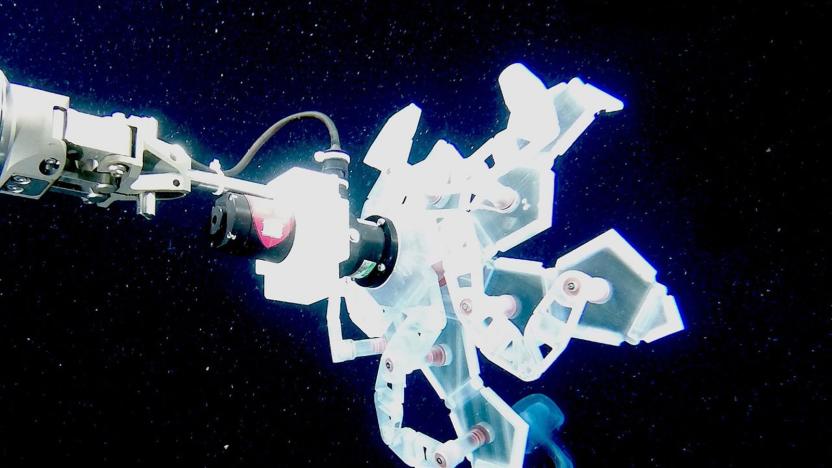
Harvard's robot arm can grab squishy sea animals without hurting them
As you might imagine, you can't just grab extra-soft sea creatures like jellyfish or octopuses when you want to study them. Not if you want them to remain intact, anyway. Thankfully, researchers at Harvard's Wyss Institute have a far more delicate solution. They've created a robot arm (the RAD sampler) whose petal-like fingers can quickly form a ball shape around an animal, capturing it without risking any harm. It's simpler than it looks -- it uses just a single motor to drive the entire jointed structure, so it's easy to control and easier still to repair if something breaks.

Lab-made embryos may save near-extinct rhino species
The northern white rhino faces a grim fate when its last surviving examples are two infertile females. A novel scientific technique might just spare the species from extinction, however. Researchers have successfully created the first lab-made rhino embryos in a bid to give the northern white a second chance. The group collected eggs from southern white rhinos using a new extraction device and fertilized them using the sperm from dead northern whites, crafting viable embryos with the right DNA to continue the species.

DNA synthesis breakthrough could lead to faster medical discoveries
For all of the advancements in genetic research, DNA synthesis hasn't changed much in over four decades. That could make it a serious obstacle to scientists who are otherwise racing to develop a new drug or understand the human body. It might finally catch up to modern technology, however. A group at the Berkeley-based BioEnergy Institute have devised a synthesis technique that promises to be faster, more accurate and affordable. If all goes smoothly, it could significantly accelerate the pace of medical and biochemical discoveries.

AI offers a new way to look inside living human cells
Over the course of their careers, biologists develop a huge mental library of cell structures and their corresponding data. Investigating specific areas of a living cell involves a piecemeal approach, identifying how some parts work with others and spending time on cell labelling. But now, the Allen Institute for Cell Science has launched the first predictive 3D model of a live human cell -- the Allen Integrated Cell -- and it could be "a total game changer", according to researchers.

Medics may slow biological time to save soldiers' lives
Battlefield medics frequently only have a brief window of opportunity to treat an injury before it's fatal or causes permanent disabilities, and it's frequently so fleeting that there's not much they can do. DARPA is exploring an unusual solution to that problem: slow the biological processes to give medics more room to breathe. Its new Biostasis research program aims to bring cell activity to a near halt by using biochemicals that control energetics at the protein level. If animals like tardigrades and wood frogs can stabilize their cells to survive freezing and dehydration, similar techniques might offer more time to medics who want to treat wounds before a victim's vital systems break down.
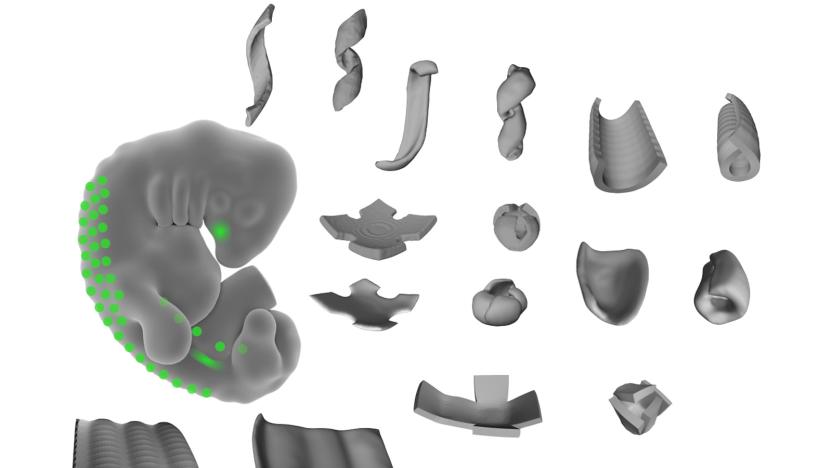
Scientists 'hack' cells to create 3D shapes from live tissue
Never mind 3D-printing organs -- the real dream is to make the tissue itself bend to your will, and UCSF scientists have managed just that. They've discovered that they can 'hack' special cells that help fold tissue (mesenchymal cells) to create 3D shapes out of live tissue. The trick is to lay out these cells in specific patterns that "tug" on other cells' extracellular matrix fibers. You can create surprisingly diverse items, ranging from simple bowls and ripples to decidedly unnatural items like cubes and coils.

US lifts ban on funding research for gene-modified super viruses
For the past 3 years, the US has maintained a moratorium on backing research that involves genetically modifying viruses to make them more potent, whether it's their ability to spread or their lethality. You can kiss that de facto ban goodbye, however: the government has lifted the restriction in favor of a new review step. Scientists who want to engineer these super viruses will be subject to scrutiny by a "multidisciplinary group" that will consider the intentions and risks, such as whether or not it's "ethically justifiable" and whether or not there are safer methods of accomplishing the same goal.

Genetic engineering creates an unnaturally blue flower
Blue flowers are rare in nature, and for good reason: the color is usually the result of mutations and quirks of acidity levels rather than an actual blue pigment. That makes genetically engineering a blue flower tricky, since you can't just make a straightforward tweak and expect a garden full of unnatural hues. Scientists have just managed a breakthrough, though. They've produced the first truly blue chrysanthemum (above) by splicing in genes from two naturally blue flowers, the butterfly pea and Canterbury bell. The modifications shifted the plant's acidity level, turning normally reddish pigments to the blue you see above.

Scientists revive an extinct virus using off-the-shelf DNA
It's no longer far-fetched to synthesize a basic organism. However, a team of researchers has taken that work one step further. They recently reconstituted and reanimated an extinct virus, horsepox, using DNA they'd ordered via mail. The team stitched together multiple gene fragments (each with about 30,000 base pairs) into the complete 212,000-pair horsepox genome and inserted it into cells already infected with a different pox, bringing the inanimate virus to life. It's clever work, especially given the relative complexity of a pox virus compared to earlier efforts, but it's also a double-edged sword -- it could at once provide a breakthrough in medical research and pose a potential threat.

Extremely detailed images of living cells can now be taken over time
Advanced microscope technology now lets us view objects at the nanoscale, meaning, when it comes to biology, we can see details of living cells that were never possible before. But doing that comes with a few requirements that have been fairly limiting. For instance, you have to be able to pack a lot of fluorescent dye into the object you want to see and you need that dye to be really stable. Typically, those sorts of dyes grab onto proteins in the object, but proteins are often not distributed densely enough, limiting how much dye can be introduced. Also, these fluorescent dyes tend to bleach out really quickly, only giving researchers a few seconds of imaging time.

DNA in dirt can reveal where human ancestors lived
When you want to know where humans have lived, you typically look for direct signs like bones or buildings. But that's not always easy, especially with hominid ancestors who didn't exactly leave an abundance of remains. Thanks to a new genetic research technique, however, those obvious clues won't be necessary -- you'll just need some dirt. Scientists have discovered that they can obtain ancient DNA from soil by effectively luring it out and creating matches.




